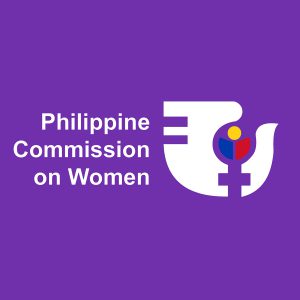Gender Statistics

Gender statistics is important to measure and monitor the lives of women and men, as well as girls and boys. It covers broad subjects and issues that reflect the constant changing roles of women and men in society, from economic, health, and education, among others. These statistics help policymakers to formulate policies and update the old ones, monitor changes and inform the general public.
According to the United Nations, gender statistics are defined by the sum of the following characteristics:
- Data are collected and presented by sex as a primary and overall classification;
- Data reflect gender issues;
- Data are based on concepts and definitions that adequately reflect the diversity of women and men and capture all aspects of their lives;
- Data collection methods take into account stereotypes and social and cultural factors that may induce gender bias in the data.
To check the latest news and gender statistics, please visit the following pages:
Gender statistics are more than data disaggregated by sex. The characteristics listed above are useful in differentiating between sex‐disaggregated statistics (the first requirement in the list above) and gender statistics (which incorporate all four requirements). Sex disaggregated statistics are simply data collected and tabulated separately for women and men. Disaggregating data by sex does not guarantee, for example, that the data collection instruments involved in the data production were conceived to reflect gender roles, relations and inequalities in society.1
In the Philippines, the Inter-Agency Committee on Gender and Children Statistics was re-established through Philippine Statistics Authority (PSA) Memorandum Order No. 1, Series of 2014 to resolve issues, review current techniques/methodologies, and recommend policies and workable schemes towards the improvement of gender and other related statistics.
The PSA presents the latest statistics on women and men in the country, as well as news covering gender sensitivities and gender and development. These statistical evidences can be used to support and monitor the gender mainstreaming initiatives in the country.
1 United Nations. Integrating a Gender Perspective into Statistics. New York. 2016. Retrieved here.

